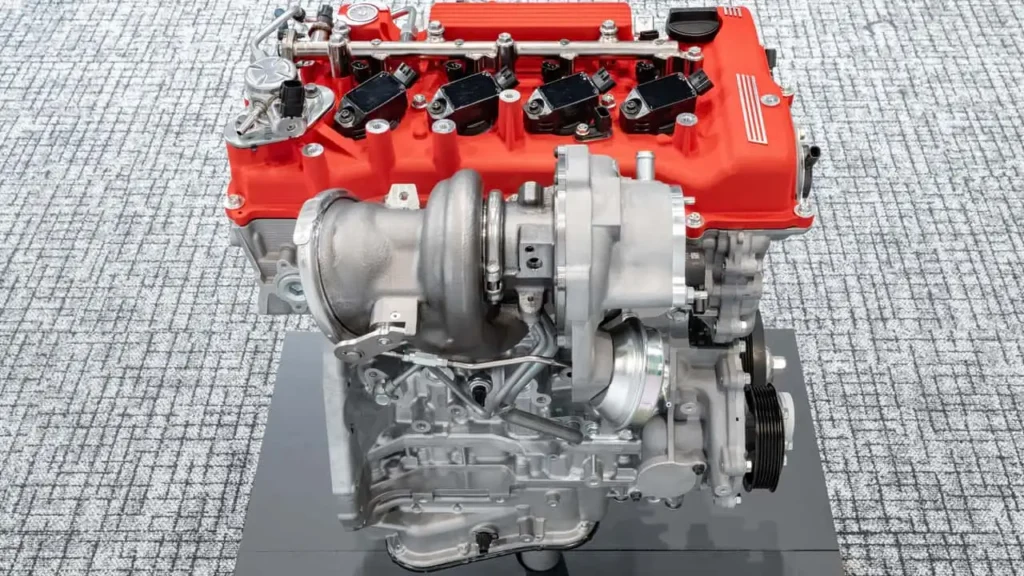Imagine a car that doesn’t run on fuel or charge with electricity. No gas. No plug. Just.. air. That’s what Toyota’s latest project is all about. The Japanese auto giant has unveiled a working prototype of a compressed air-powered engine, and it’s turning heads across the globe. It might sound like something out of science fiction, but Toyota is now closer than ever to making it a real part of everyday driving.
The concept isn’t entirely new. Back in 2011, a small team of engineers at Toyota’s “Dream Car Factory” developed a three-wheeled air-powered vehicle called the Ku. It hit speeds up to 80 mph, but its range was a meager 3.2 kilometers. Fast-forward to now, and things have changed dramatically. Recent advancements in materials and compression technology have given new life to this once-overlooked idea. According to Blanqui Violetas, Toyota has revived its ambitions for air-driven cars, and the latest version can travel up to 200 kilometers on a single tank of air.

So how does it work? Instead of an engine powered by fuel or electricity, the vehicle uses high-pressure air tanks. When released, the compressed air drives pistons or turbines, propelling the car forward. There’s no burning fuel, no tailpipe, and no battery pack. It’s clean, simple, and surprisingly efficient, especially for short commutes. One of the biggest advantages is refill time. Unlike electric vehicles that need 30 minutes to several hours to recharge, compressed air tanks can be topped up in just a few minutes.
As Motor1 points out, Toyota’s broader strategy isn’t about betting on one technology. While other automakers are laser-focused on EVs, Toyota is exploring a wider mix: hybrids, hydrogen, e-fuels and now, compressed air. This gives the company flexibility in markets where electricity access is unreliable or battery materials are hard to source.

The environmental and economic appeal is strong. Compressed air engines don’t rely on expensive and often controversial rare-earth metals like lithium and cobalt. That makes the technology especially attractive to developing nations with limited charging infrastructure. According to Coaches Database, Toyota is even experimenting with hybrid versions that combine compressed air and electric motors, a move that could improve both power and range.
Challenges remain, of course. Compressed air isn’t as energy-dense as gasoline or batteries, and storing it safely requires tough, reinforced tanks. But with modern design improvements, including a new lightweight compressor that’s 24% more efficient, Toyota is finally making the tech practical for real-world driving.
In a market full of bold claims and flashy EV launches, Toyota’s air-powered car dares to be different. It’s not just an alternative to gas it’s an entirely new way to think about energy. And who knows? One day soon, With Toyota’s bold leap, the familiar roar of the engine may soon be replaced by the hiss of a cleaner, quieter future.




